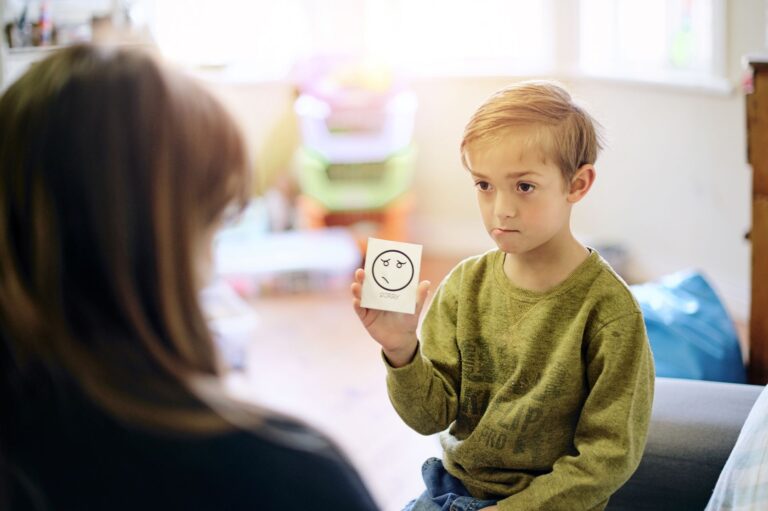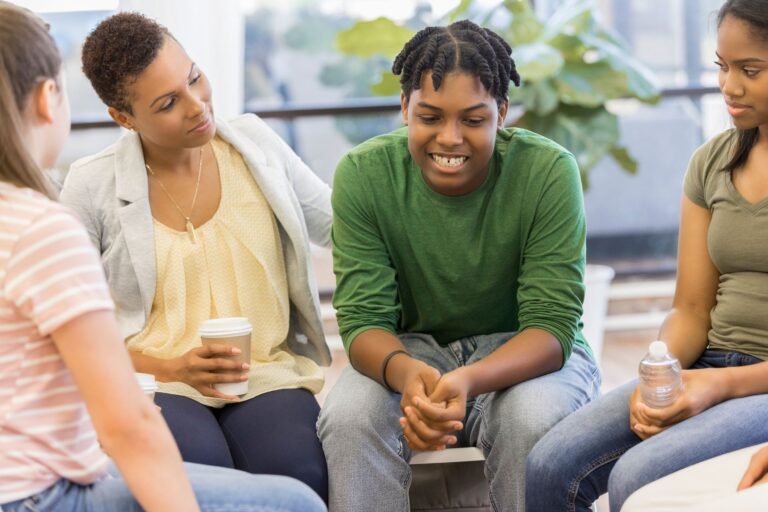Imagine there is a newfound virus that has spread throughout the U.S. over the years. It can result in death, affects people to the point where they cannot perform necessary daily tasks, and has affected 50 million people throughout the country. How long do you think it would take for members of society to concern themselves with the state of the virus and those it affects? This hypothetical virus is chronic pain, which has affected over 50 million people, with 20 million having their daily functions limited by it. COVID-19 has had approximately 26.5 million cases thus far. Chronic pain is an illness that has ravaged the lives of millions of families economically, physically, emotionally, and spiritually. With other well documented illnesses taking center stage, such as Breast Cancer, Mental Illnesses, and Heart Disease, effects of chronic pain fly under the radar when it comes to illnesses represented by mainstream media. What flies even further under the radar is the children affected that have to come to terms with this life altering pain.
Chronic pain is a condition where one feels continuous pain anywhere on the body that can last for years, usually due to dysfunctional nerves or is an illness that is particularly cruel to the youth because it can take away things from lives that have not experienced most of what life has to offer yet. In the slightest of cases, it can mean that a child will have to live with a physical discomfort most of the time, likely for the rest of their lives. In a severe case, a child will have to live with a debilitating illness that ties them to a bottle of pills and limits their ability to do even the most basic tasks for the rest of their lives. Chronic pain is a tricky illness to overcome with children, due to the reality that if doctors cannot pinpoint a visible cause for pain, they likely have to take the patient’s word for it and operate from there. John Stork, a doctor in pediatric pain management tells CNN in an interview,
“With Chronic Pain, you often can’t find any specific reason for it. Because the original injury has gone away and yet the patient still has pain. And they say they have pain but you can’t point to anything that’s really causing that pain. In fact a lot of it may be psychologically generated, but it doesn’t change the fact that it’s still real pain.”
Some cases of Chronic Pain can take years and thousands of dollars from families, just to get an indication of what is ailing their child. There are a myriad of those brave enough to share their stories online, which detail the difficulty of finding answers to their pain. Jessica responds to a Harvard health blog on Chronic Pain, “My feet were on fire all of the time, I had pain in my legs and back, pain in my neck and down my arms and numbing in my fingers. I lost count of how many doctors I went to in the end, but it was well over 20, maybe as many as 40. Before this I had had the pain of bulging discs, and other pain. The pain that I experience now was/is severe and debilitating.” It is very common for stories to mention the patient seeing 20+ doctors throughout their journey, usually getting referred to the next one. This continuous cycle can be damaging to the morale and attitude of a patient and family when it seems that there is no finish line to this illness. It is common for children with this pain to suffer depression from all the things in life that Chronic Pain takes which ties into the next point.
It is imperative to address the pain that children with Chronic Pain go through, because in many cases, it can mean death. Chronic pain can take away family and friend time, hobbies, sports, normal daily functions, enjoyment of life, and more from a child that has yet to experience most of what life can offer so far. For some patients, when the cycle of pain, doctors, and more pain starts to wear on them, suicide starts becoming a real option for them. A study conducted by John Bisney and others of NEMA Research concludes, “Chronic pain has been associated with higher rates of suicidal ideation, suicide attempts, and completed suicides [6]. The prevalence of suicidal ideation in chronic pain patients is about three times as great as among those who do not suffer from chronic pain. Indeed, the individual may perceive suicide as the only means of escaping physical and/or emotional pain [5]. Chronic pain patients are at double the risk of suicide compared to others not in chronic pain, with a lifetime prevalence of attempted suicide ranging from 5% to 14% ”.
Pain kills. It takes and takes and takes from those with it and can be unrelenting. A large number of cases in children can be aided in some way, shape or form with physical therapy, Lifestyle change, Art Therapy, Counseling, or even hypnosis. Many young patients with Chronic Pain will find ways to help their condition and find more enjoyment in life. Yet, many young patients will find that they will have pain that limits their ability to take their pet for a walk, to shower without pain, or even just standing, likely for years to come. Those who face this struggle should be supported and even praised for not giving in to the “Invisible Disease” because it is a matter of life and death. It can be said that those who deal with Chronic Pain daily show levels of strength that are truly commendable. Eric L. from Texas tells CreakyJoints.org in an interview,
“The thing is I’ve got an incredibly high tolerance to pain, much higher than I used to. I can function every day with levels of pain that I couldn’t have even imagined before.”
The National Institutes of Health’s National Library of Medicine has conducted research that points towards the following conclusion, “Pediatric chronic pain is a significant problem with conservative estimates that posit 20% to 35% of children and adolescents affected by it worldwide.” It is important for those who suffer from this illness and even for those who don’t to understand that those who have Chronic Pain are not alone in their struggle and that there is support, even if they may not see it. Bowtie Kids is a non-profit with the sole purpose of empowering and supporting children living with chronic pain to find purpose and enjoyment in life. Whether it be through our K.E.E.S.(Kids Experiencing Empowered Support) groups or our bowtie picture contests to help bring a smile to their faces. Bowtie Kids is founded by Karen Prescod, a notable humanitarian and author, who knows the exact pain many other children face. The Bowtie Kids organization won’t give up on any child in need suffering with this ailment. If you would like to support the vision, please consider showing your support either through donations or following our social media presence.



